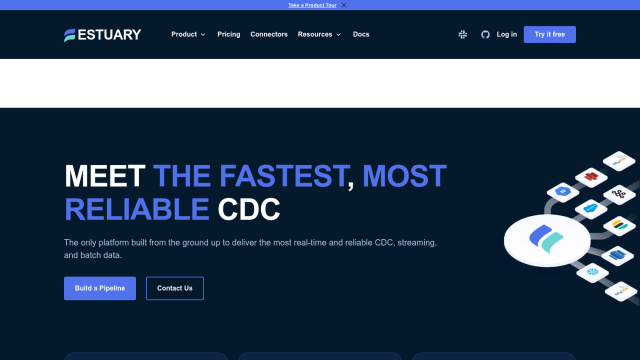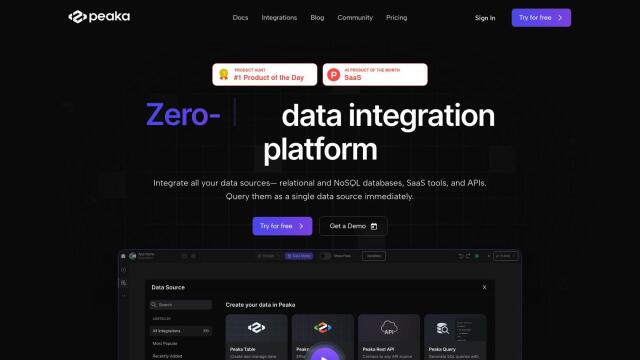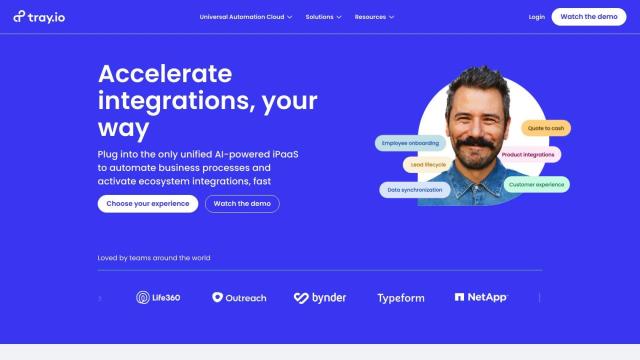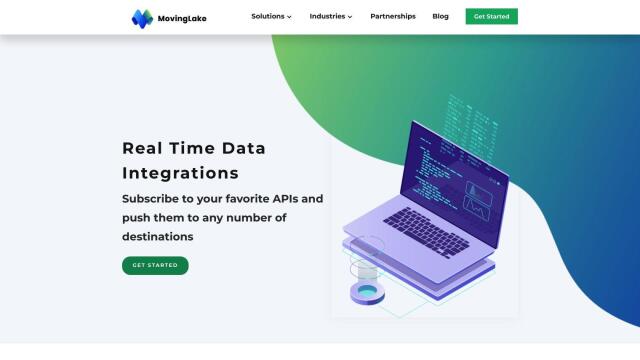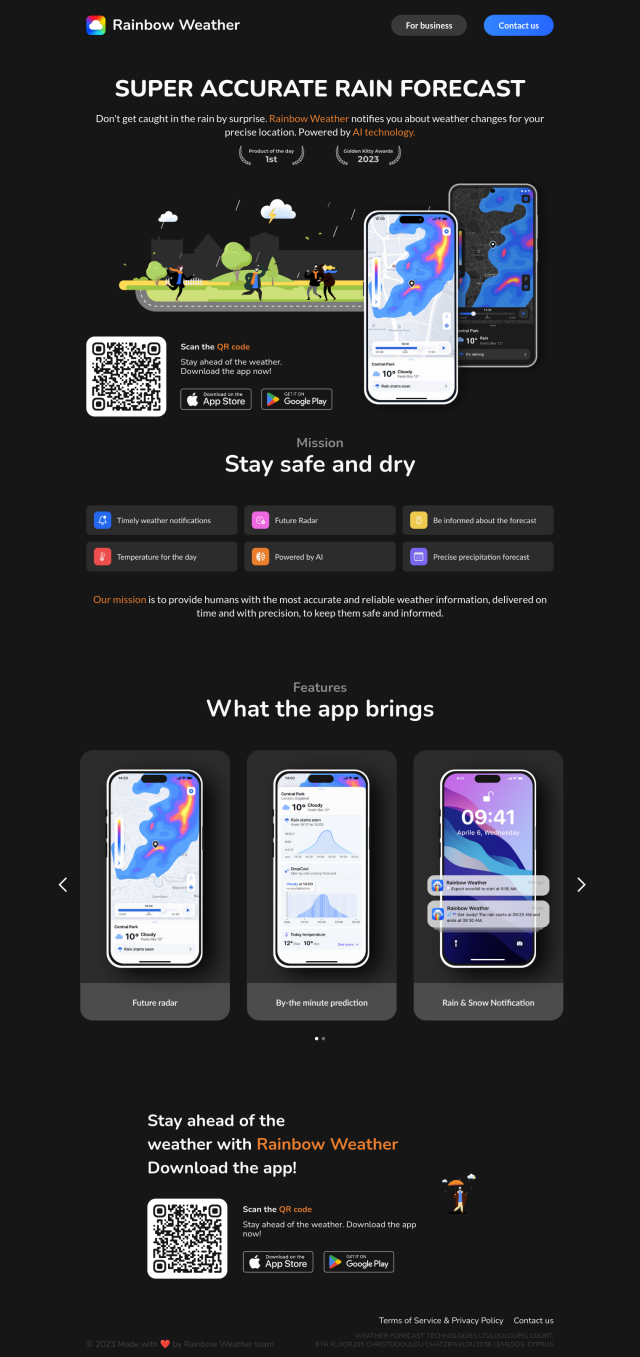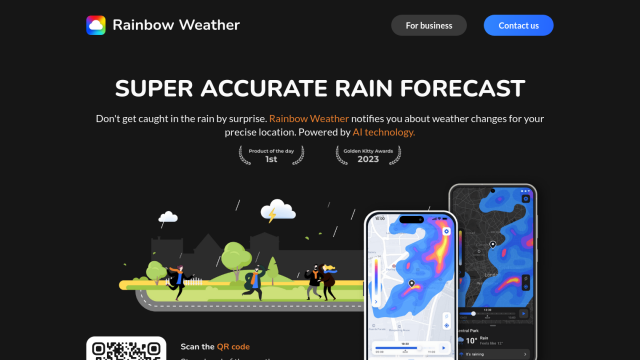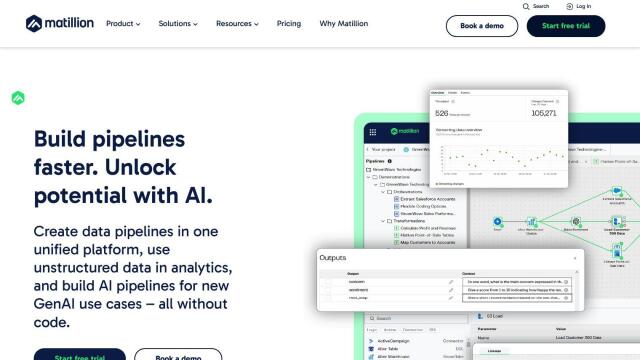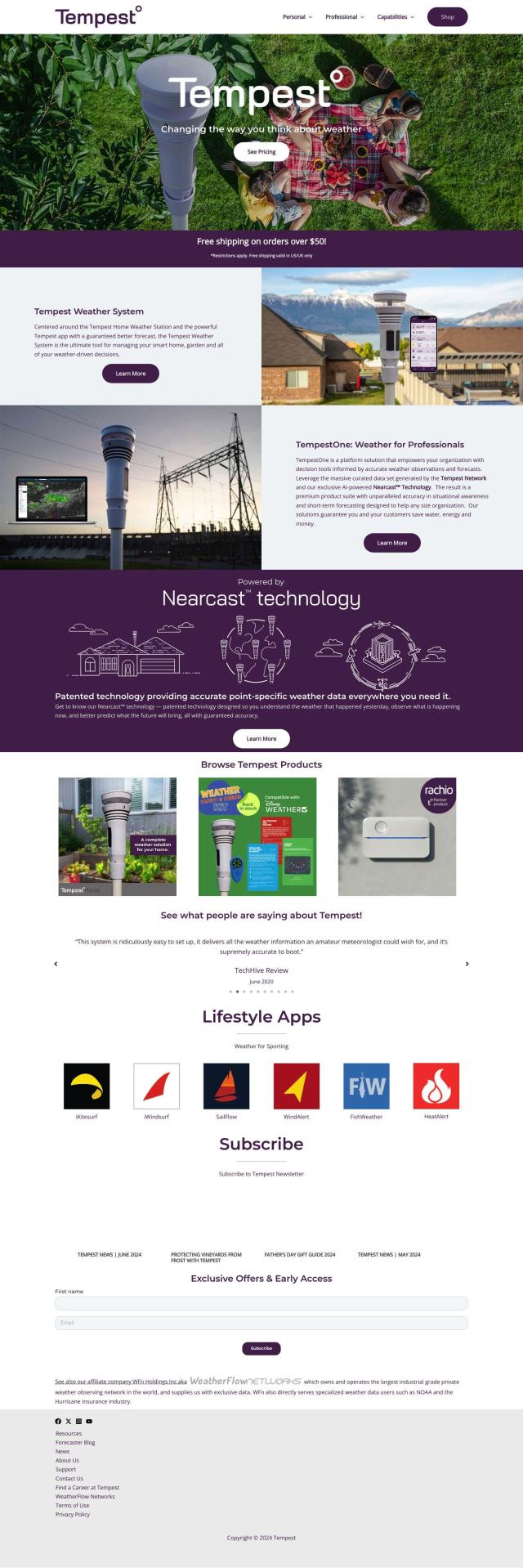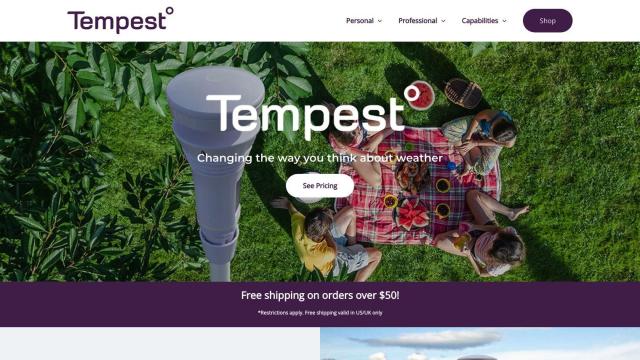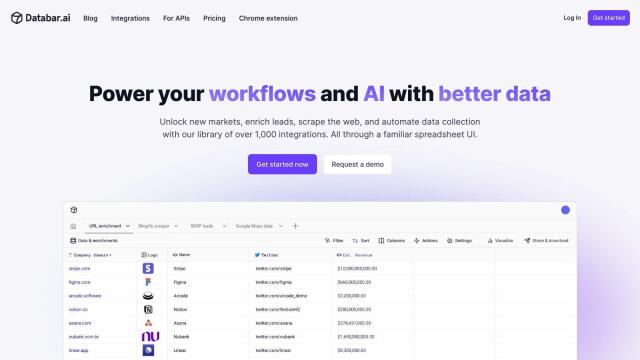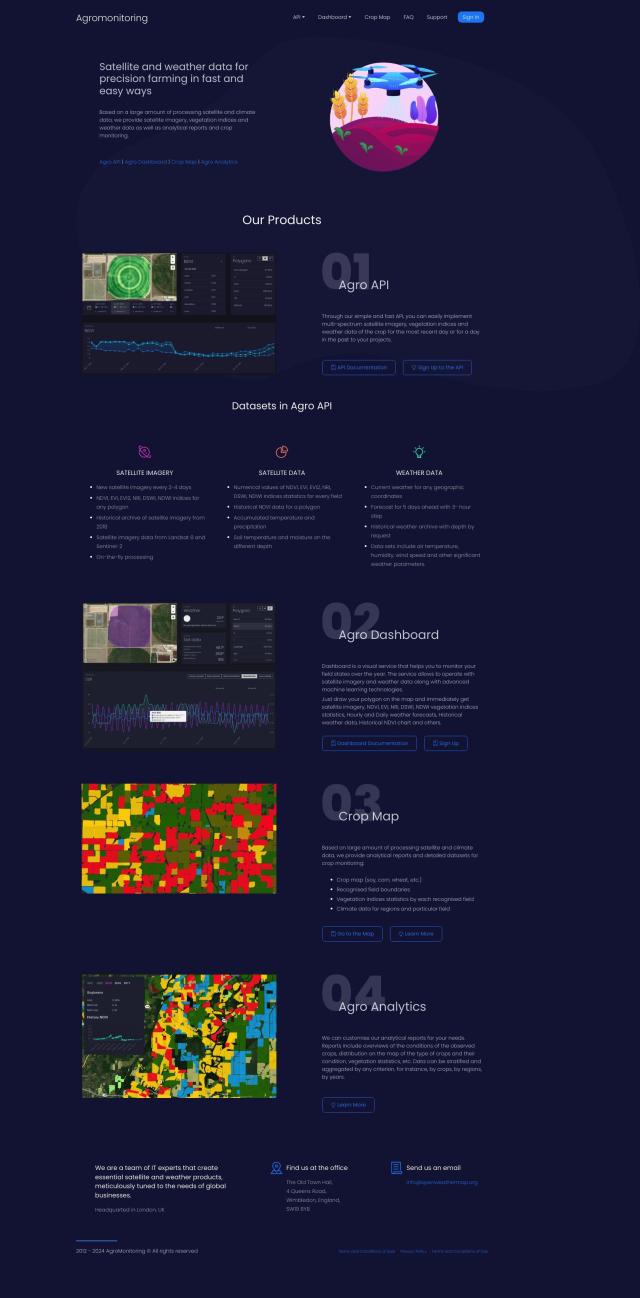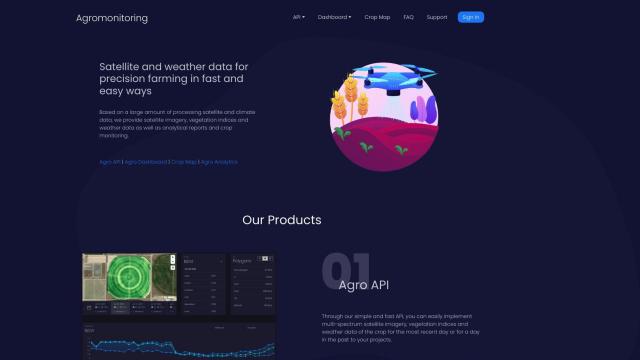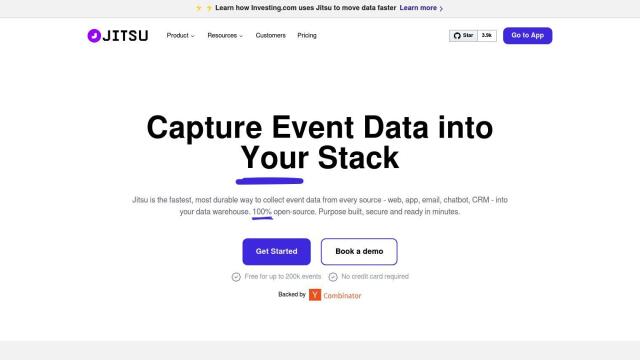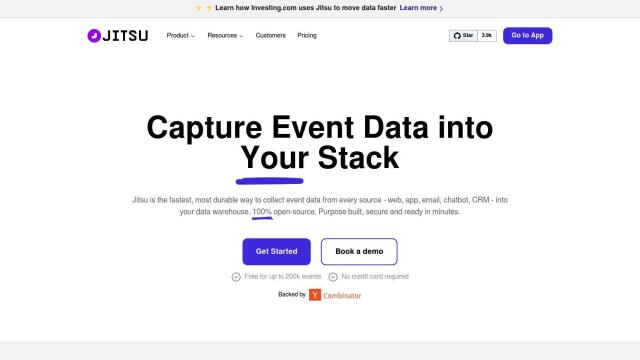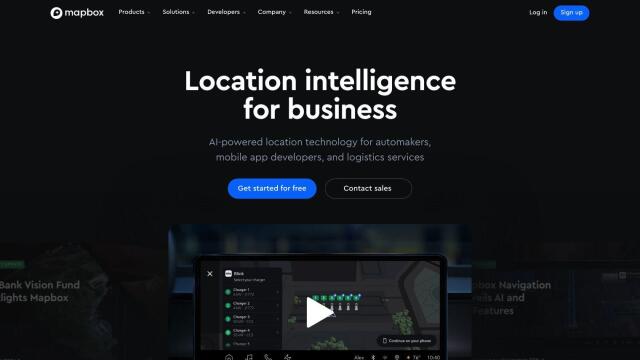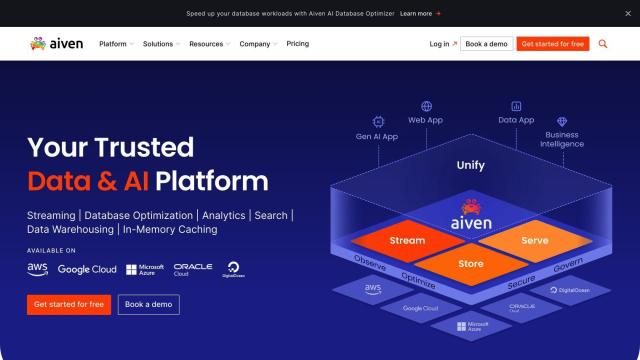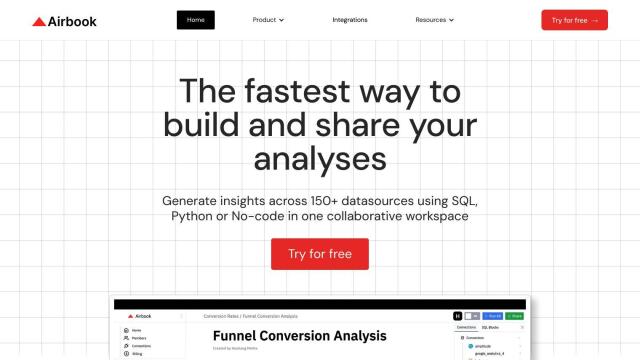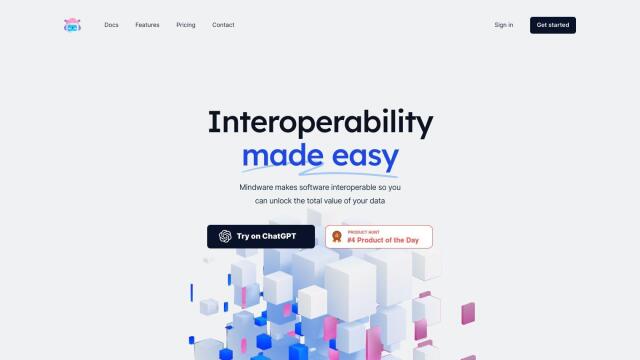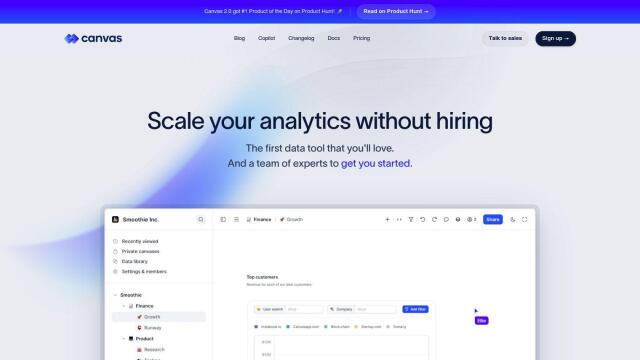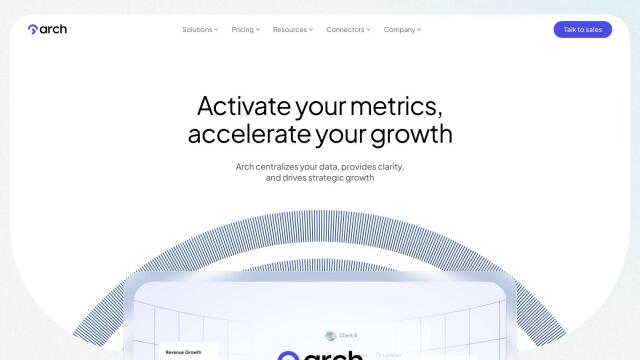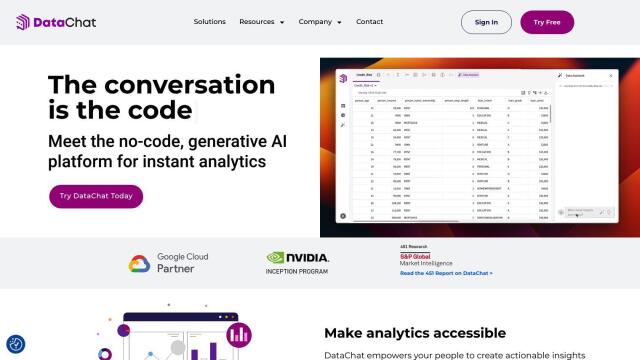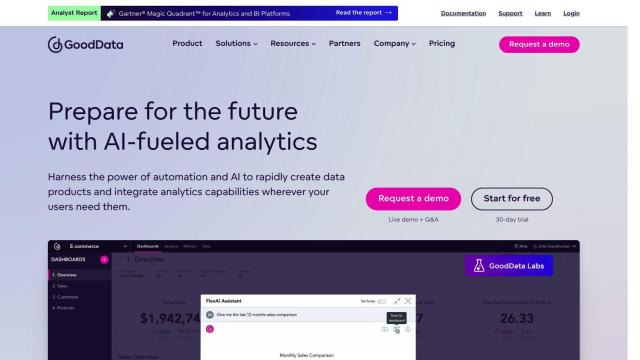Question: I need a way to integrate weather data from multiple sources into my app without having to deal with different APIs and formats.
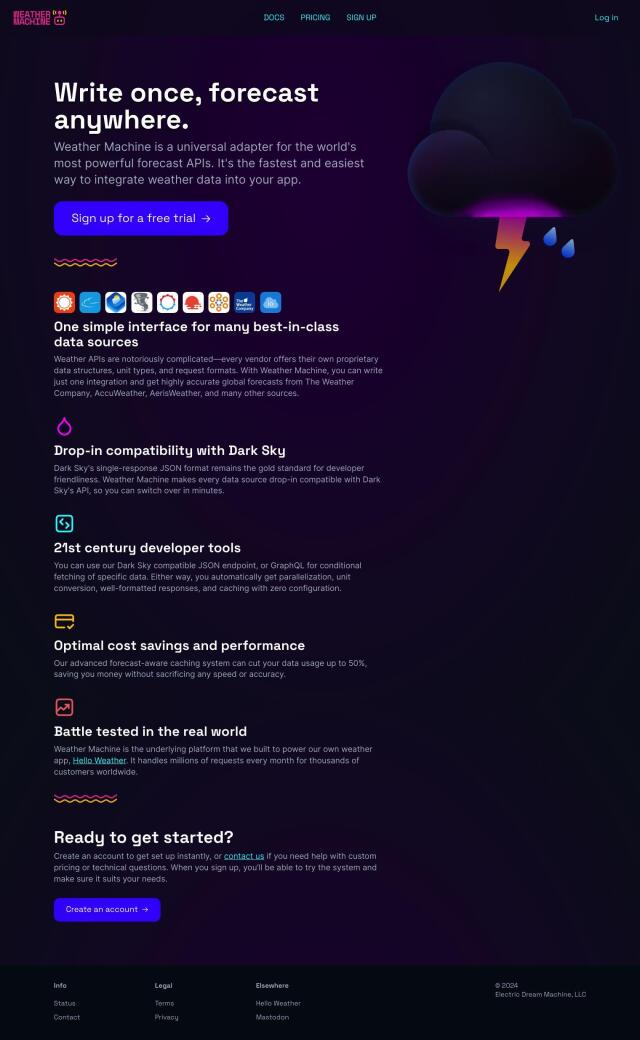
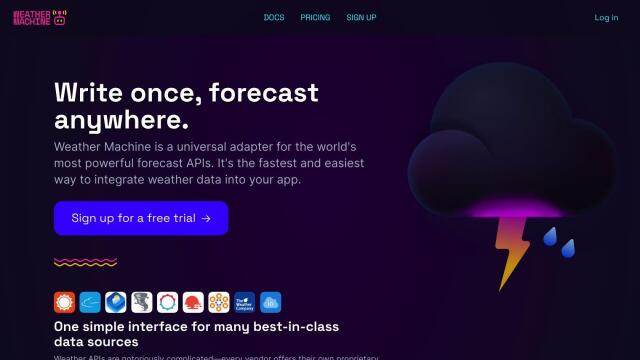
Weather Machine
If you're looking for a simple way to pull weather data from multiple sources into your app without wrestling with multiple APIs and data formats, Weather Machine is a good option. It collects weather data from APIs like The Weather Company, AccuWeather and AerisWeather into a single interface, offering JSON and GraphQL data interfaces for easy consumption. It also offers features like advanced caching to minimize data usage and a variety of pricing tiers to accommodate different needs, so it's a good choice for developers and companies that want to simplify their weather data integration.
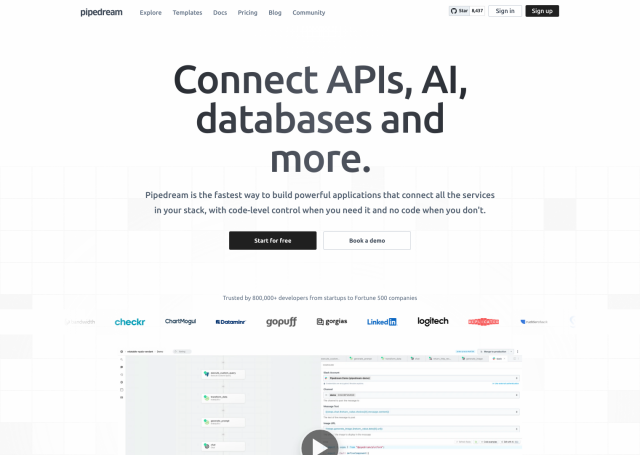
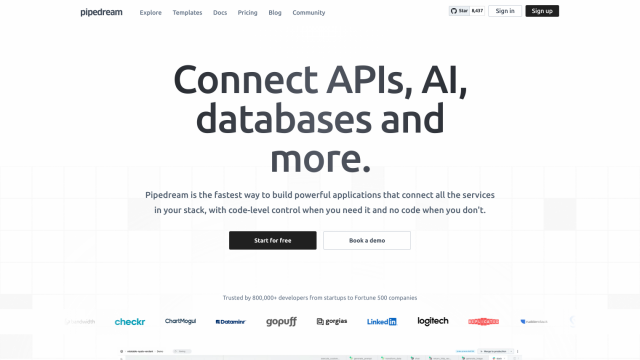
Pipedream
Another good option is Pipedream, which lets you build complex apps by hooking into more than 2,100 APIs through npm and PyPI packages. It offers a no-code interface for convenience and supports custom logic with several programming languages. Pipedream is flexible enough to accommodate a broad range of APIs, but it may offer more features than you need for weather data integration.
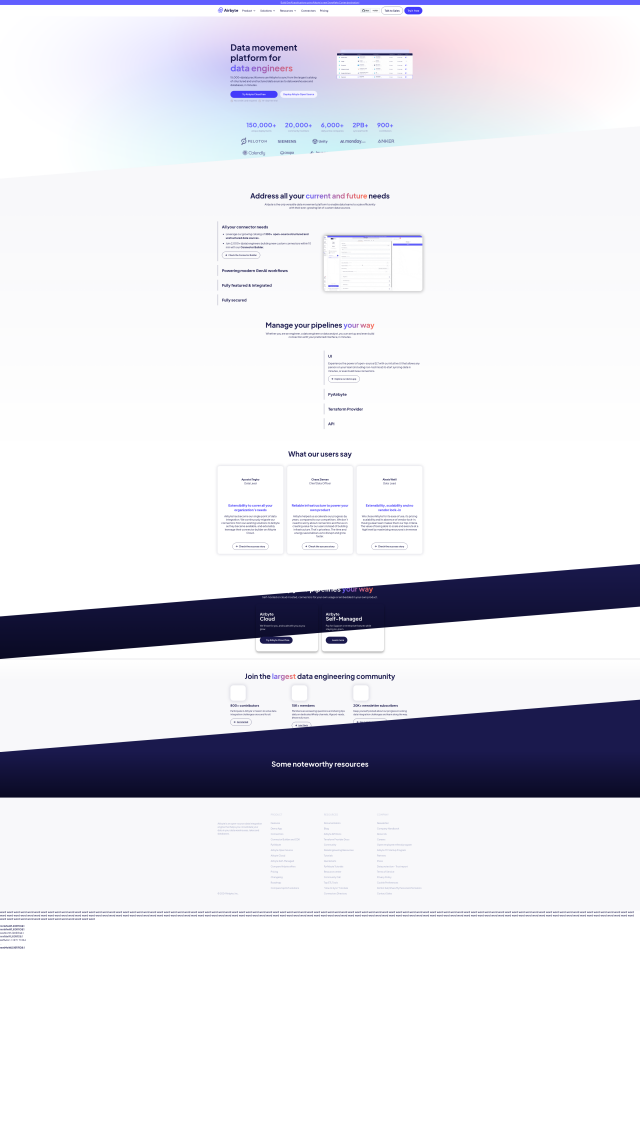
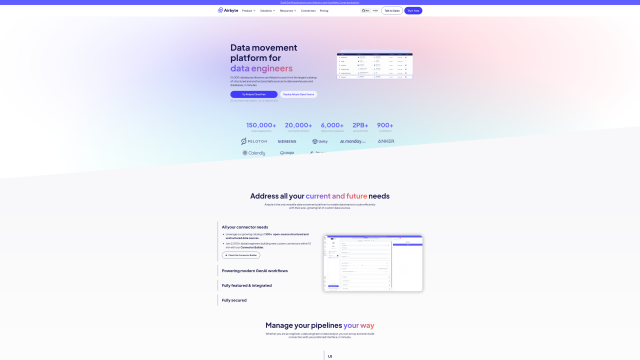
Airbyte
If you need more general-purpose data integration, Airbyte is an open-source project that can efficiently extract data from more than 300 sources and send it to many destinations. It can be deployed in many ways and offers features like custom connectors and automated schema evolution, so it's good for small-scale and large-scale data integration projects. That could be useful if you have other data sources you want to integrate besides weather data.

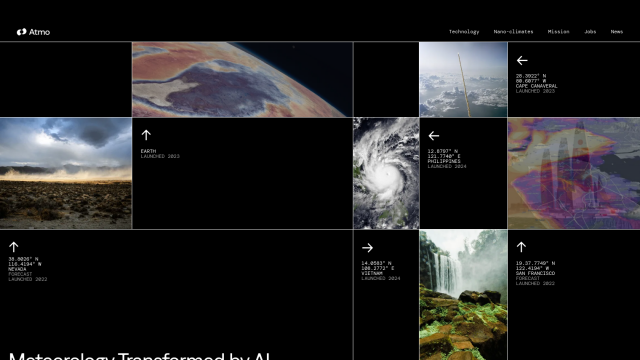
Atmo
Last, Atmo offers an AI-powered weather forecasting service that uses deep learning models to produce hyper-local forecasts. It ingests data from a variety of sources and can produce forecasts that are faster and more detailed. That could be useful if you need very precise and local weather forecasts.



